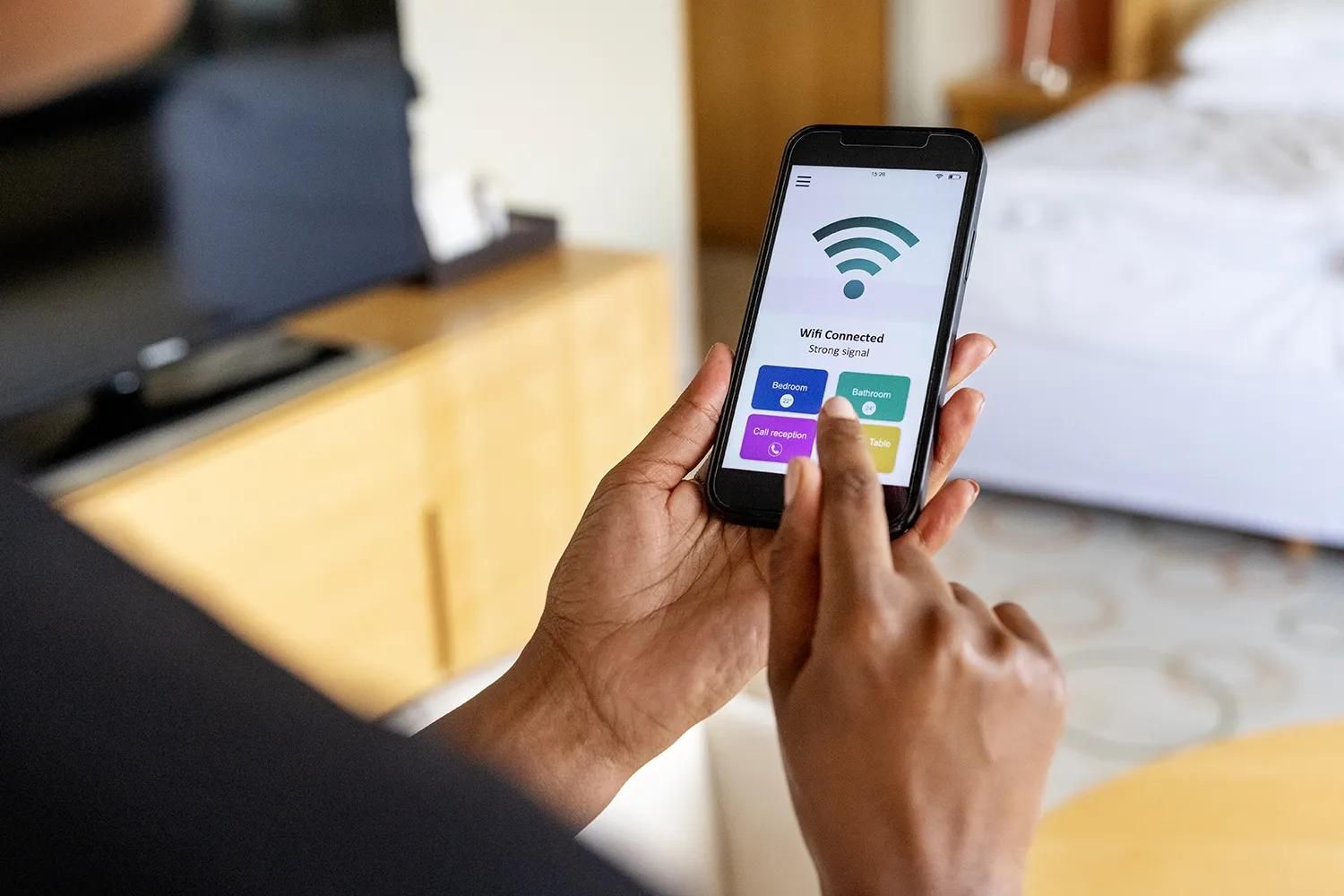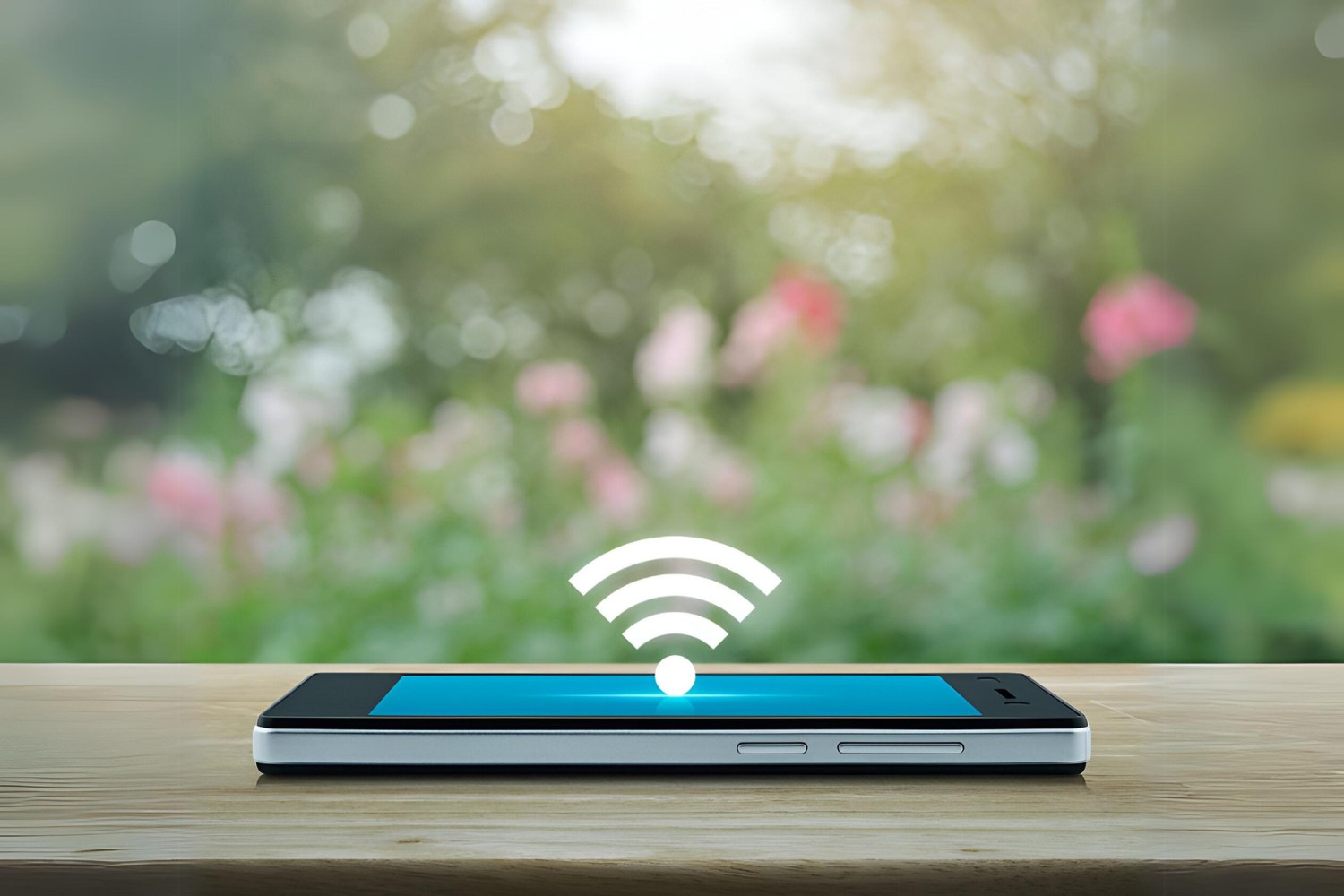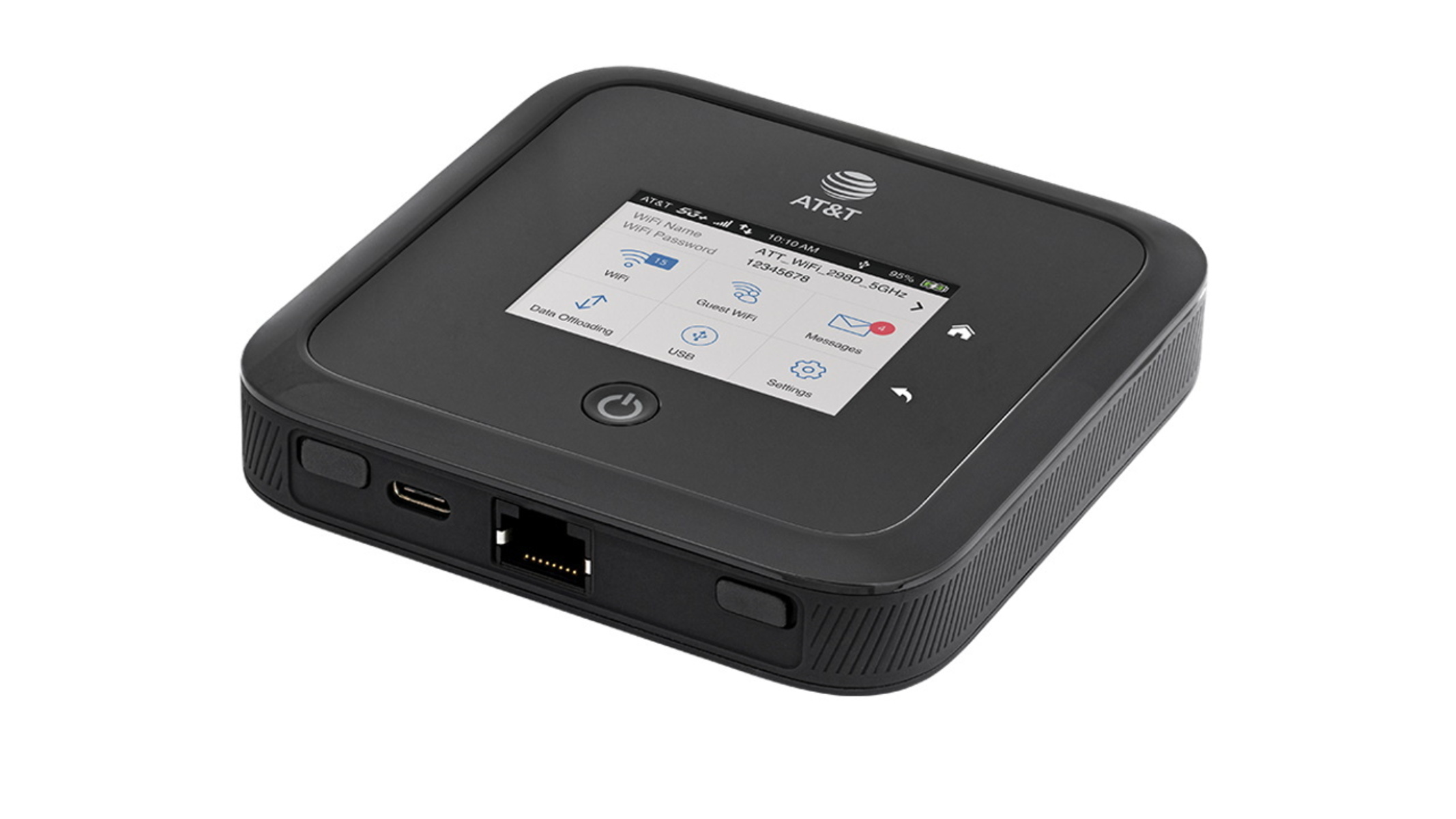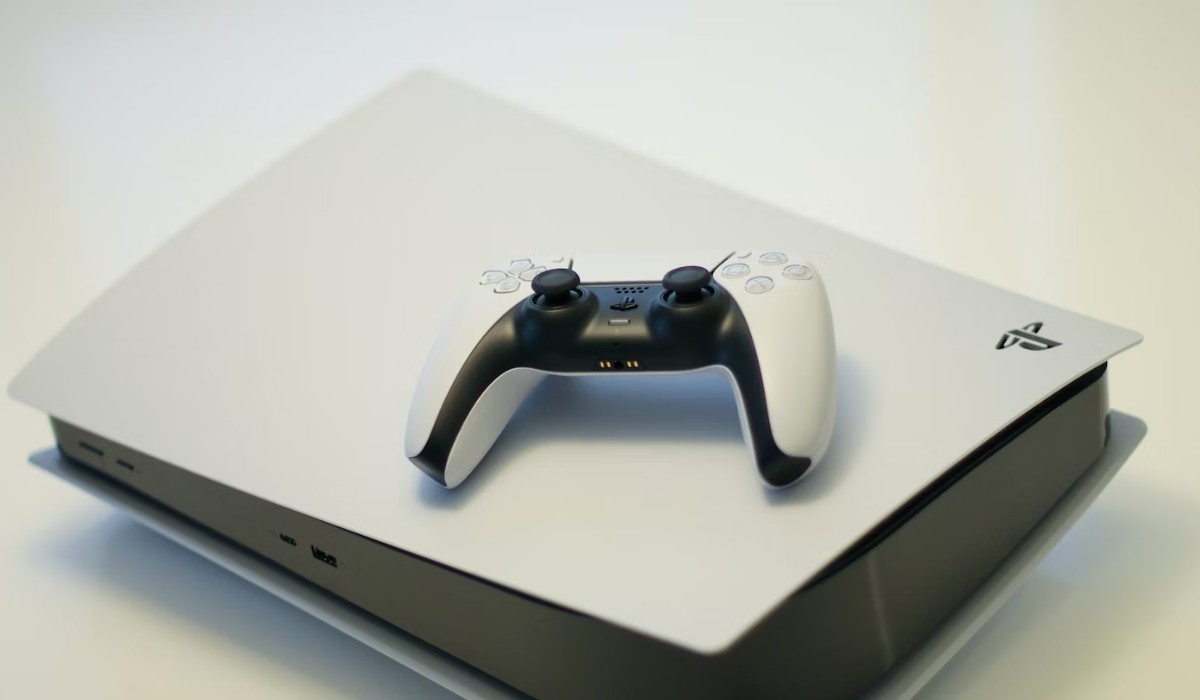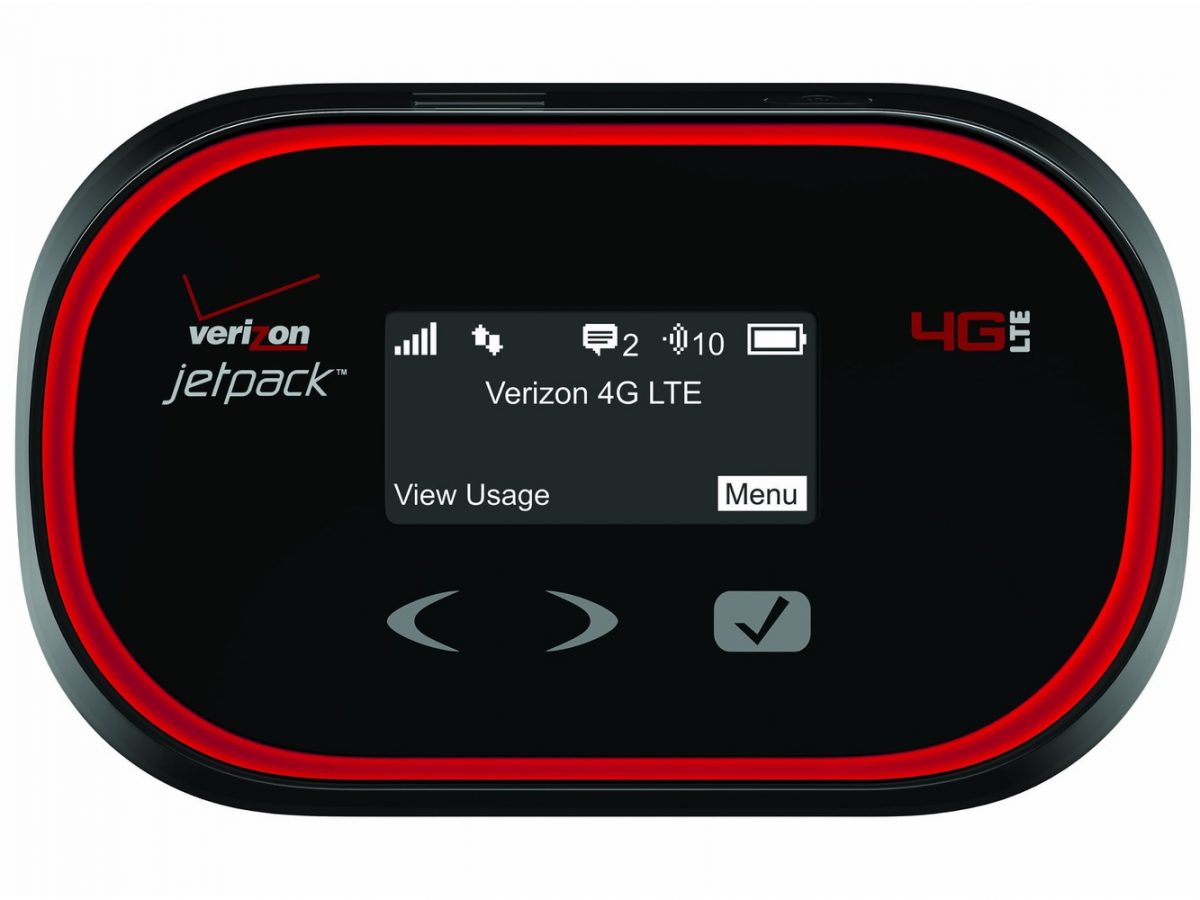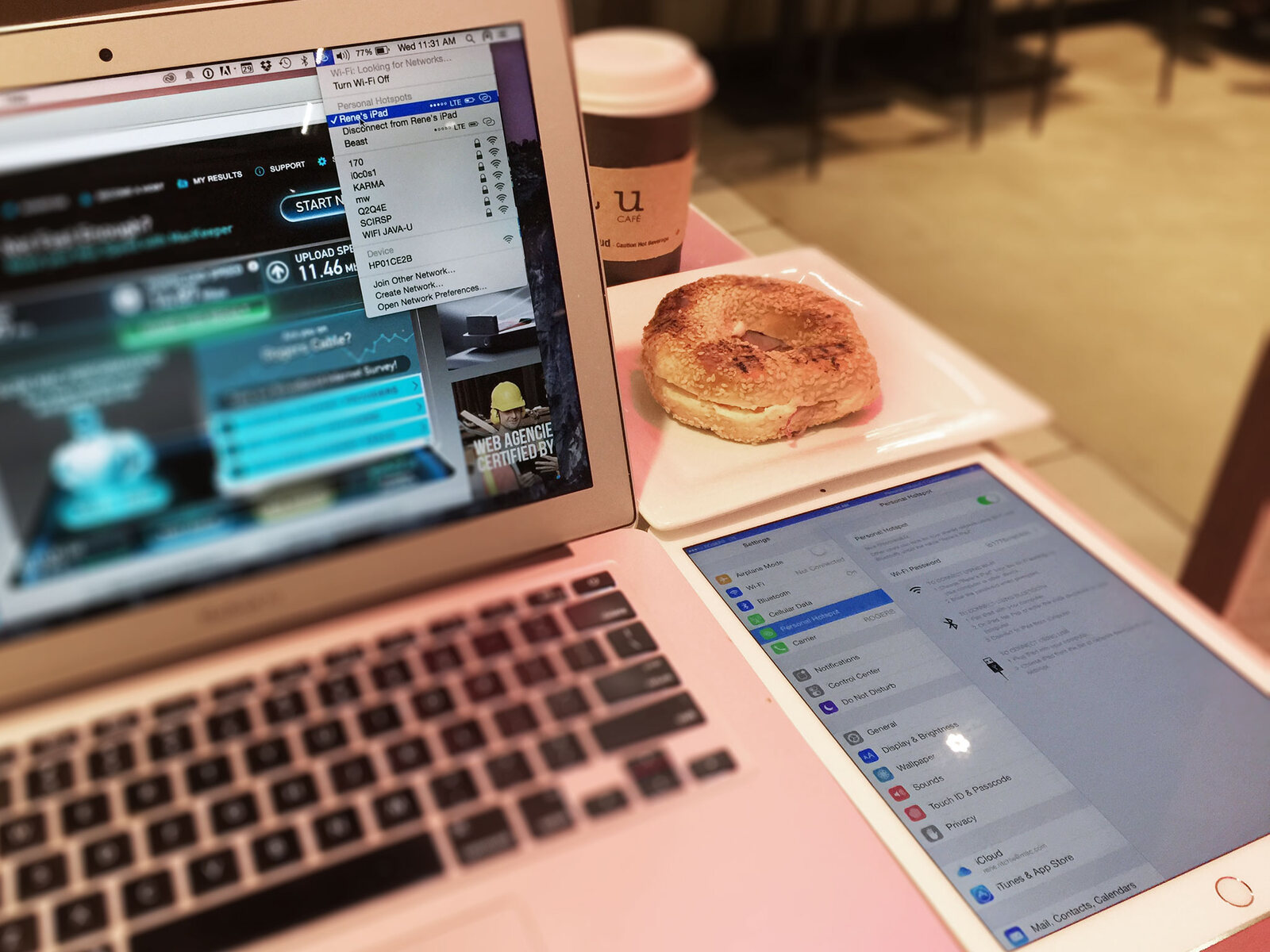Introduction
When it comes to staying connected on the go, mobile hotspot technology has become an indispensable tool for many individuals and businesses. Whether you're working remotely, traveling, or simply in need of a reliable internet connection outside the traditional Wi-Fi network, mobile hotspots offer a convenient solution. However, one common concern that arises when using a mobile hotspot is the speed of the internet connection. Understanding what to expect in terms of mobile hotspot internet speed can help you make informed decisions and optimize your experience.
In this article, we will delve into the various factors that can impact mobile hotspot internet speed, explore the typical speeds associated with different mobile hotspot technologies, and provide practical tips for maximizing your mobile hotspot internet speed. By gaining a comprehensive understanding of these aspects, you'll be better equipped to make the most of your mobile hotspot and ensure a smooth and efficient online experience, regardless of your location.
Whether you're using a dedicated mobile hotspot device or leveraging the hotspot feature on your smartphone, the speed of your internet connection can significantly influence your productivity, entertainment, and overall satisfaction with the service. Therefore, it's essential to have a clear grasp of the factors that contribute to mobile hotspot internet speed and the strategies for optimizing it. Let's embark on this journey to uncover the intricacies of mobile hotspot internet speed and empower ourselves with valuable insights for seamless connectivity on the go.
Factors Affecting Mobile Hotspot Internet Speed
The speed of a mobile hotspot internet connection can be influenced by various factors, each playing a crucial role in determining the overall performance. Understanding these factors is essential for managing expectations and identifying opportunities to optimize the speed of your mobile hotspot. Here are the key elements that can impact mobile hotspot internet speed:
-
Network Coverage and Signal Strength: The availability and strength of the cellular network signal in your location directly affect the speed of your mobile hotspot. Areas with robust network coverage and strong signal strength typically yield faster internet speeds, while remote or congested areas may experience slower connections.
-
Device Compatibility and Capabilities: The device serving as the mobile hotspot, whether it's a dedicated hotspot device or a smartphone, plays a significant role in determining internet speed. Newer devices with advanced network technologies, such as 5G compatibility, are capable of delivering faster speeds compared to older devices with limited capabilities.
-
Network Congestion: During peak hours or in densely populated areas, network congestion can significantly impact mobile hotspot internet speed. High demand for network resources can lead to slower data transfer rates, resulting in reduced overall speed for connected devices.
-
Data Plan and Throttling: The terms and limitations of your mobile data plan can influence internet speed. Some plans may include data throttling, where the speed is intentionally reduced after reaching a certain usage threshold. Understanding your data plan's terms and potential throttling practices is crucial for managing and optimizing internet speed.
-
Device Placement and Interference: The physical placement of the mobile hotspot device and potential interference from surrounding objects can affect signal reception and, consequently, internet speed. Ensuring that the device is positioned in an optimal location, free from obstructions and interference, can contribute to improved speed and stability.
-
Weather and Environmental Factors: Environmental conditions, such as severe weather or geographical features, may impact mobile hotspot internet speed. Inclement weather or natural barriers can interfere with signal transmission, potentially leading to fluctuations in internet speed.
By recognizing and understanding these factors, you can gain valuable insights into the dynamics of mobile hotspot internet speed. Armed with this knowledge, you'll be better equipped to address potential challenges, optimize your mobile hotspot setup, and make informed decisions to enhance your overall internet experience.
Typical Speeds for Different Mobile Hotspot Technologies
Mobile hotspot technologies encompass a diverse range of options, each offering unique capabilities and varying speeds. Understanding the typical speeds associated with different mobile hotspot technologies is essential for selecting the most suitable solution to meet your specific connectivity needs. Here's an overview of the typical speeds for prevalent mobile hotspot technologies:
4G LTE:
4G LTE (Long-Term Evolution) stands as one of the most widely adopted mobile hotspot technologies, delivering impressive speeds suitable for a multitude of online activities. On average, 4G LTE networks can provide download speeds ranging from 5 to 100 Mbps, with upload speeds typically reaching 3 to 50 Mbps. These speeds make 4G LTE ideal for tasks such as web browsing, HD video streaming, and moderate file downloads, offering a reliable and responsive internet experience.
5G:
The advent of 5G technology has ushered in a new era of ultra-fast mobile connectivity, promising remarkable speeds and low latency. 5G networks have the potential to achieve download speeds exceeding 1 Gbps, with upload speeds reaching up to 200 Mbps under optimal conditions. This exceptional speed capability positions 5G as a game-changer for bandwidth-intensive applications, including 4K video streaming, real-time gaming, and large file transfers, while also enabling the proliferation of advanced technologies such as augmented reality (AR) and virtual reality (VR).
3G:
While 3G technology has become less prevalent with the widespread adoption of 4G and 5G, it still serves as a viable option in certain regions and for specific use cases. Typical 3G download speeds range from 0.5 to 5 Mbps, with upload speeds averaging 0.2 to 2 Mbps. Although 3G speeds may be considered relatively modest compared to 4G and 5G, they remain adequate for essential tasks such as email communication, basic web browsing, and light media consumption.
Wi-Fi Hotspot Tethering:
Many smartphones and dedicated hotspot devices support Wi-Fi hotspot tethering, allowing them to function as portable Wi-Fi routers. The typical speeds for Wi-Fi hotspot tethering align closely with the underlying mobile network technology, such as 4G LTE or 5G, enabling users to experience comparable speeds for their connected devices. This flexibility and convenience make Wi-Fi hotspot tethering a popular choice for individuals seeking seamless connectivity without the need for additional hardware.
By familiarizing yourself with the typical speeds associated with different mobile hotspot technologies, you can make informed decisions when selecting a suitable solution to meet your connectivity requirements. Whether you prioritize blazing-fast speeds for bandwidth-intensive tasks or seek reliable performance for everyday online activities, understanding the speed capabilities of various mobile hotspot technologies empowers you to optimize your internet experience effectively.
Tips for Maximizing Mobile Hotspot Internet Speed
Maximizing the internet speed of your mobile hotspot involves implementing strategic measures to enhance performance and efficiency. By leveraging the following tips, you can optimize your mobile hotspot experience and ensure a reliable and swift internet connection, regardless of your location or network conditions.
-
Choose the Right Location: Positioning your mobile hotspot device in an optimal location can significantly impact internet speed. Place the device in an area with strong cellular signal reception, minimizing potential obstructions and interference. Additionally, elevating the device or relocating to a higher vantage point can improve signal strength and enhance overall speed.
-
Monitor Network Congestion: Keep an eye on network congestion trends in your area, especially during peak hours. By identifying less congested time slots, you can capitalize on faster internet speeds and mitigate the impact of high-demand periods. Utilizing network monitoring tools or consulting with your mobile service provider can provide valuable insights into optimal usage times.
-
Utilize External Antennas: For dedicated mobile hotspot devices, consider using external antennas to boost signal reception and extend coverage. Directional antennas can be particularly effective in capturing stronger signals from specific cellular towers, enhancing internet speed and stability. Research and invest in antennas suitable for your device and usage scenarios.
-
Update Device Firmware and Software: Ensure that your mobile hotspot device and associated software are updated to the latest versions. Firmware and software updates often include performance enhancements, bug fixes, and optimizations that can positively impact internet speed and overall reliability. Regularly checking for updates and applying them promptly is essential for maximizing performance.
-
Limit Background Applications: When utilizing a mobile hotspot for critical tasks, such as video conferencing or large file transfers, minimize the use of background applications that consume bandwidth. Pausing automatic updates, cloud sync services, and other data-intensive background processes can free up bandwidth for essential activities, contributing to improved internet speed.
-
Manage Data Usage and Throttling: Stay informed about your data plan's terms and potential throttling practices. By monitoring your data usage and understanding the thresholds that trigger speed reductions, you can proactively manage your internet consumption to avoid unnecessary speed limitations. Consider opting for data plans that offer generous or unlimited high-speed data allocations to maintain consistent performance.
-
Consider Network Aggregation: Some modern mobile hotspot devices support network aggregation, allowing them to combine multiple cellular bands for enhanced speed and capacity. If your device and network provider support this feature, explore the possibility of enabling network aggregation to harness improved internet speeds, especially in areas with diverse network coverage.
By incorporating these tips into your mobile hotspot usage practices, you can effectively maximize internet speed and elevate your connectivity experience. Whether you rely on a mobile hotspot for work, leisure, or staying connected while traveling, implementing these strategies empowers you to extract the best performance from your mobile internet connection, ensuring seamless and responsive connectivity whenever and wherever you need it.
Conclusion
In conclusion, the speed of your mobile hotspot internet connection is influenced by a multitude of factors, spanning from network coverage and device capabilities to environmental conditions and data plan terms. By gaining a comprehensive understanding of these factors, you can effectively manage expectations and implement strategies to optimize your mobile hotspot internet speed.
Understanding the typical speeds associated with different mobile hotspot technologies is crucial for selecting the most suitable solution to meet your specific connectivity needs. From the widespread adoption of 4G LTE to the transformative potential of 5G technology, each mobile hotspot option offers unique speed capabilities, empowering users to tailor their connectivity experience based on their requirements.
Maximizing the internet speed of your mobile hotspot involves implementing strategic measures to enhance performance and efficiency. By choosing the right location, monitoring network congestion, utilizing external antennas, updating device firmware and software, limiting background applications, managing data usage and throttling, and considering network aggregation, you can optimize your mobile hotspot experience and ensure a reliable and swift internet connection, regardless of your location or network conditions.
Ultimately, the speed of your mobile hotspot internet connection plays a pivotal role in shaping your online experience, influencing productivity, entertainment, and overall satisfaction with the service. By recognizing the factors that impact mobile hotspot internet speed and implementing the tips for maximizing speed, you can harness the full potential of your mobile internet connection, enabling seamless and responsive connectivity whenever and wherever you need it.
In essence, by leveraging the insights and strategies presented in this article, you are empowered to navigate the dynamic landscape of mobile hotspot internet speed with confidence and proficiency, ensuring that your connectivity needs are met with reliability, speed, and adaptability. Whether you rely on a mobile hotspot for work, leisure, or staying connected while traveling, the knowledge and practices shared here serve as valuable assets for optimizing your mobile internet experience and embracing the boundless opportunities it affords.







